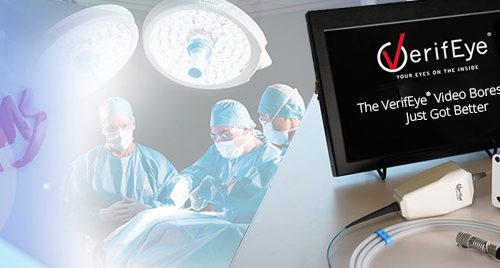Flexible Endoscopes: Proper Care and Handling
The life expectancy of flexible endoscopes varies greatly depending on care and handling practices within each facility. Is your department in compliance?
Flexible endoscopes have been in use since the late 1960s, and the number and types of procedures performed with scopes increases each year. The basic design and concept of the endoscope remains static, but technical advancements continue to grow. Typical changes in endoscope technology relate to size of scopes, size of operating channels, imaging capabilities, light transmission, and ergonomics. Advancements have also been made in methods, chemicals, and equipment designed to effectively clean and reprocess the endoscope.

Ubiquitous information and guidelines have been published on keeping up with endoscope reprocessing technology. While mentioning these concepts, the focus is to highlight common areas and activities within the endoscopy setting that may negatively impact the health and function of your expensive endoscope inventory. By objectively reviewing your facility and implementing the best practices for care and handling of flexible endoscopes, you help ensure a significant increase in continued function and a longer lifespan. All endoscopy departments have a primary dictum to deliver safe patient care outcomes from well-maintained endoscopes; this can only result from employee consciousness and compliance.
The life expectancy of flexible endoscopes varies greatly depending on care and handling practices within each facility. If the actions, environment and people that contribute to unnecessary wear can be identified, then instituting a plan to minimize scope damage will increase efficiency. Does your facility have an accurate scope inventory? Do you track where the scopes go when they leave the department? Who handles them? Who educates the departments and staff members on proper care and handling?
These are all important questions that need policies and procedures around them. The focus is on best practices and safe patient care.
Missed a PROCESS PRO? Catch up HERE.
Are you wondering if your Flexible Endoscopes are being processed in compliance with industry best standards? Contact STERIS.



